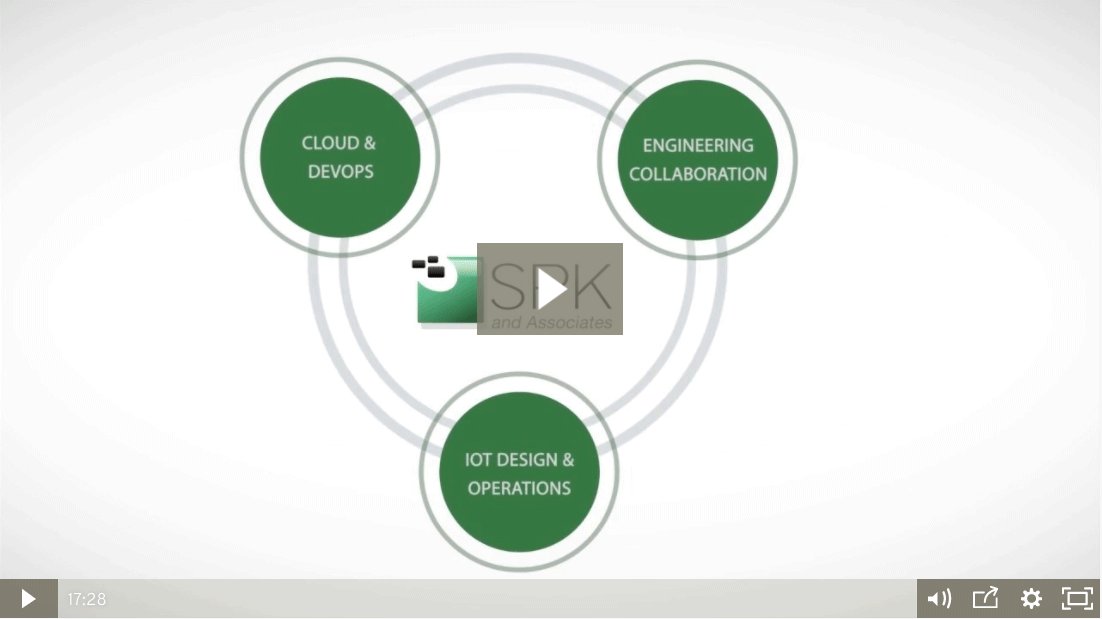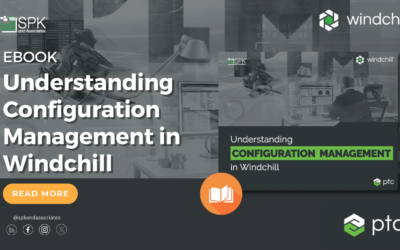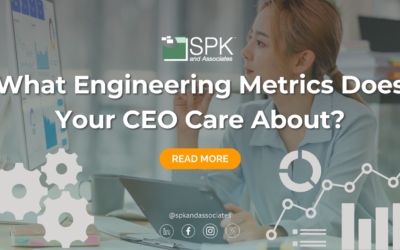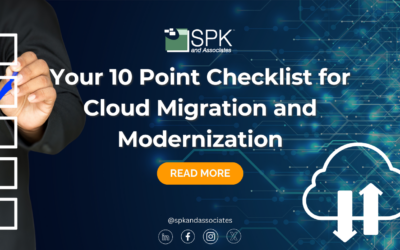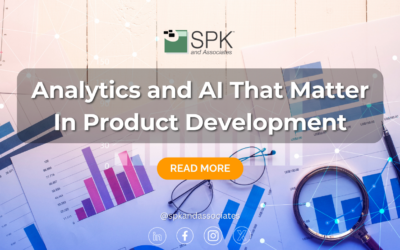In the fourth episode of our podcast series “Can IoT Jump These Five Hurdles?”, SPK & Associates’ Chief Strategy Officer, Rajiv Mistry, explains the challenges of IoT total cost of ownership and return on investment. To see all published episodes, scroll down this IoT category page.
Transcript:
Benjamin: Hello, I’m Benjamin Hunting and welcome to another podcast from SPK and Associates and we’re discussing the Internet of Things, and more specifically, as always, we are discussing with Rajiv Mistry, the Chief Strategy Officer for SPK and Associates. Rajiv, thank you for being with us here today.
Rajiv: Thank you, Ben, for having me. It’s a pleasure talking to you.
Benjamin: I was hoping today we’d be able to discuss TCO and ROI. It’s such an important thing for any corporation. When talking about IoT solutions, it seems like we’re on the cusp of just beginning to understand the economics of how this is going to affect a given IoT strategy and the impact it’s going to have on the margins for a company seeking this type of solution. Do you think there’s a systematic way for companies to look at the ROI and TCO of the Internet of Things and apply that to a business model that they’re hoping to achieve?
Rajiv: Well, Ben, there’s a distinction I want to draw at the onset of the conversation, between IT and operational technology. So information technology as we know it today has been primarily focused on computers and mobile devices communicating with server farms, whether they are in the cloud or in data centers, right? And the whole TCO ROI modeling aspect of it has been a static model. You can very easily estimate costs for existing IT frameworks using simple Excel models and you’ll be fairly on the mark in terms of cost of ownership, return on investment and therefore margins. Okay?
But when you start looking at the IoT scenarios, the numbers are staggering and the rate of deployment is going to increase dramatically as processes get smoothened out and efficient and deployment starts to gain momentum. Okay?
As IoT devices start to get deployed, between now and 2021, we are expecting 24 to 30 billion devices to get deployed, then we’re looking at the amount of data also increasing coming in from these deployed devices, and the amount of data going into these devices for command and control or performance management increasing over time as well. So there’s a dynamic aspect to this. And when you start looking at how devices are going to be deployed, they will be deployed based on ML programs and managed services provided by IoT solution providers such as SPK.
These providers are going to be running on IoT platforms that are offered by the major cloud vendors: AWS IoT, Azure IoT, Google IoT, PTC ThingWorx and whatnot. There are about 360 IoT platforms in place today according to IoT Analytics and the number of IoT platforms is increasing dramatically. When you start looking at how IoT platform vendors are charging for IoT devices, it’s really interesting. It’s not like the IT technology today that is being accounted for based on a given PC or a given mobile device being a patch to a network and then we cost it out.
IoT platform vendors are looking at the device enrollment cost so that it becomes part of the registered devices that can be monitored and can be sending data through the IoT platform for presentation to the customer. They’re also looking at how frequently and how much data is a device sending to the IoT platform through their IoT hub. Now, they will charge for the device enrollment and events sent by the device. Each event has a certain specific boundary within which the data must fit. If you want a larger amount of data sent for a given event, then there’s a different pricing model by the IoT platform member.
What this means is, the IoT solution provider is going to have to account for the increasing cost of increased eventing if there’s a device that’s going to have a variable frequency at which it’s going to be transmitting data. Not only is it going to mean that it’s going to increase the bottom line of the solution provider’s costs based on the IoT platform charging back to the solution provider, it’s also going to require a different way of managing the dynamic aspect of total cost of ownership and return on investment to the customer, because keep in mind the customer is not deploying the IoT device just so that they can pay the IoT solution provider. They are deploying the device to have an edge in the market that they are in. Okay?
So how do we manage the dynamic aspect of costing so that the customer’s margins are not impacted negatively but actually can improve as they deploy more devices and get better and more efficient at using the data and the SENSA metrics that come in?
Benjamin: See that’s interesting that you mention how we have existing models for IT solutions but we’re still on the cusp of finding a model that could be useful for projecting this type of ROI and TCO for Internet of Things. It almost sounds like it’s a type of dynamic modeling solution that’s going to have to move past the concept of static deployment and static bandwidth charges and cost.
Rajiv: That’s correct. In prior podcasts, I have been mentioning repeatedly increasing rates of deployment. This is kind of like the difference between velocity and acceleration, okay? Velocity is the rate of change of distance over time. Acceleration is the rate of change of velocity. You can measure velocity just by measuring the distance and time, but acceleration requires you to measure the velocity. We’re talking about the same thing here.
IoT devices increasing momentum in terms of deployment has a knock-on effect on the amount of data they are sending in, okay? And there’s a dynamic aspect to it which cannot be covered by static modeling. There are fields that are yet untouched in terms of IoT TCO ROI system dynamics models. It’s the field of system dynamics and strategy dynamics. How do you design a system that has TCO and ROI that is going to flex as the number of devices changes and the rate of deployment evolves as it gets more efficient at deployment? And how are you going to take these factors into consideration so that you can now have simulated scenarios where you can project desired outcomes versus feared outcomes and then make sure that your solution deployed falls somewhere along the lines of the desired outcome, not the feared outcome in terms of TCO ROI and margins?
So this is something that we’ve been thinking about intensely and currently, there are very rudimentary models that are being thrown about by services vendors, but I think there’s more formal work that needs to be done.
Benjamin: When you say “more formal work,” I think that’s a very good point. It almost seems as though we would want to see this type of modeling come from a more academic background than from a service provider background or a consultancy background, just so that there was some type of basis that could be referred to by companies as a bedrock for projecting future costs and return on investment.
Rajiv: That’s right. When you look at how consulting vendors provide solutions, they’ll make a one-off calculation and then project out something based on BI reports or something that they capture as factual information from the customer. But in case of IoT device deployments, there are no prior data points that the customer has, okay? So that leaves the consulting vendor reaching for factual information. When they are lacking factual information, what would they need as support? Theoretical foundation. Which is why I’m saying that if you build theoretical foundational academic studies on IoT platform deployments and IoT device deployments as well as the entire serviceability that impacts the operational technologies that go into it, it’s not just IT but it’s operational technology, OT, that we’re talking about in terms of dynamic destination as well.
You would need to have system dynamics modeling done so that you can now build applications around these simulations that are now able to account for the dynamic aspects that are involved in TCO and ROI calculations for IoT.
Benjamin: Rajiv, thank you very much for exploring this topic with us today. I appreciate your time.
Rajiv: It’s a complex topic we covered today, Ben, and I really appreciate your line of questioning. I do want to request the audience to please respond to the survey that’ll be shown at the end of this podcast. SPK and Associates is offering solutions for engineering collaboration, cloud endeavors as well as IoT design and operations. Thank you.


